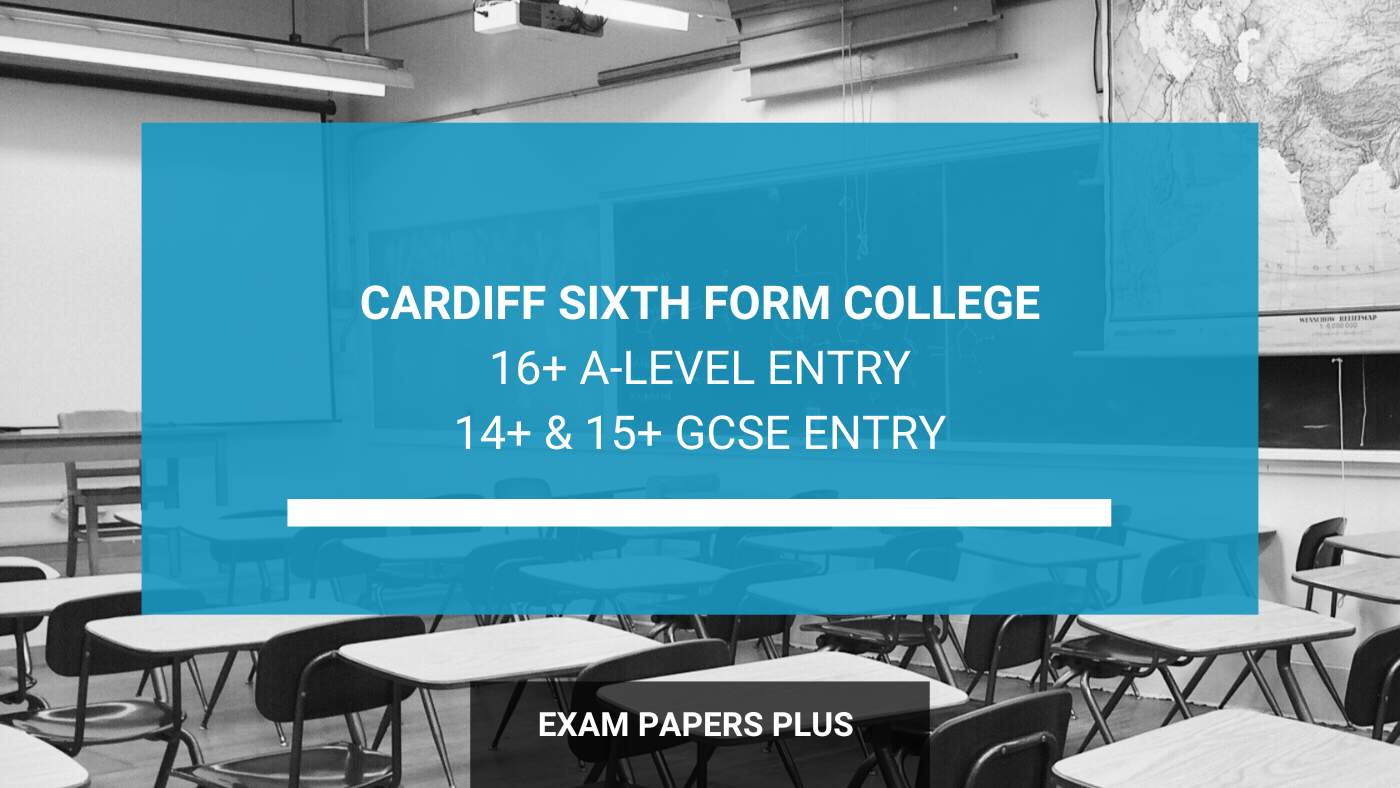
GCSE Physics: Understanding Exam Command Words
Bookmark this page? Pop your email into the box below to receive a link to this article so you can easily refer back to it later.
Table of Contents
Introduction
You already know that it is incredibly important to read exam questions carefully, to be clear about what you are being asked to do. However, identifying the command word that is being used can help you to take this to the next level.
Examiners use command words to indicate the type of answer that they want you to give. And, although it may seem obvious, understanding the exact requirements of each command word will really benefit you in the exam – it will help you to focus your answers, avoid wasting time and ensure that you pick up all the marks available!
AQA publish a complete list of Science command words on their website, and OCR and Edexcel include a list of the relevant command words in their specifications.
Let’s have a look at some examples:
Name
Name two planets in the solar system that are more distant from Earth than Jupiter. [2 marks]
The question says ‘name two planets’, so that is what you do – don’t try to cover all of your bases by writing down every planet you can think of!
To get both marks you can write any two from Saturn, Uranus or Neptune. If you wrote Mars, Saturn and Neptune you would only get 1 mark. Yes, you have named two correct planets, but you will lose a mark for an incorrect one (Mars).
Describe
Describe the motion of nitrogen molecules in a sealed container at room temperature. [2 marks]
The word ‘describe’ means that you should give an account of what is happening. You do not need to give a reason.
Here you should make two separate points as the question is worth two marks. You need to identify that the molecules are moving in different directions for one mark, and that the molecules are moving with different speeds for the second mark.
A typical mistake is for students to only give one statement because they haven’t noticed that there were two marks available – this means they can only get one mark at most!
Calculate
Calculate the kinetic energy of a 0.4 kg toy car travelling at 3 m/s. [3 marks]
Calculate means ‘work out’.
Always start by writing down the formula that you are going to use. For this question, you will earn 1 mark for recalling the correct formula:
KE = 0.5mv2
Next, replace the letters with their numerical values, but be very careful – only the v is squared:
KE = 0.5 ´ 0.4 ´ 32
KE = 1.8 Joules
There are two marks available for the calculation, giving three altogether.
Typical mistakes are:
- Incorrect recall for a formula – you must make sure that you are clear about which formulae on the specification need to be learnt.
- Forgetting that it is only the velocity (v) that is squared. Students using a calculator often put in 0.5 ´4 ´ 3 and then square it. This squares the result of the multiplication, not the 3, and will give an incorrect answer of 0.36 J.
Try working from right to left, i.e.
- Enter the 3 and then square it.
- Multiply by 0.4 and then 0.5.
- You now have the correct answer.
- Missing unit – this is a silly way to lose a mark. Most numerical answers will require a unit.
Sketch
Sketch the graph for current against voltage to show the voltage across a standard lightbulb being increased. [2 marks]
‘Sketch’ means that the correct shape axes and shape of the graph is all that is needed for both marks. No numerical data is required.

Typical mistakes are:
- labelling the axes the wrong way round
- drawing a straight line graph.
Compare and Contrast
Compare and contrast the production of electricity by hydroelectric power stations and by wind turbines. [4 marks]
‘Compare and contrast’ means that you must make direct comparisons and identify both similarities and differences. The question is worth 4 marks, so you should give two similarities and two differences. No conclusion is needed.
Both are expensive but produce no greenhouse gases. [2 points of similarity]
There are plenty of suitable sites for wind turbines, but there are limited locations that are suitable for hydroelectric power stations.
The output from a wind turbine is much more variable than that from a hydroelectric power station. [2 points of difference]
Typical mistakes include:
- only giving one similarity and difference
- giving only similarities.
Deduce
A spring is stretched by having weights suspended from it.
Deduce the value of the spring constant from the table below. [2 marks]
| Force (N) | Extension (cm) |
| 0 | 0 |
| 2 | 0.4 |
| 4 | 0.8 |
| 6 | 1.2 |
| 8 | 1.6 |
| 10 | 2.4 |
To answer ‘deduce’ questions, you need to work something out using your knowledge and the information you are given.
In this case, by recalling and applying the formula F = kx to two or three rows of the table, you can see that k has the value 5 N/cm.
Typical mistakes include:
- leaving out the unit for the spring constant (usually N/m or Nm–1)
- errors in the calculation.
It is always a good idea to check your answers carefully.
Identify and Explain
Using the table above identify an outlier and explain how it might have occurred. [2 marks]
‘Identify’ means that you have to select information from a source. ‘Explain’ means that a justification or reason for the outlier must be given.
Selecting an extension of 2.4 cm for a force of 10 N would obtain one mark. An explanation suggesting that the elastic limit of the spring has been exceeded would secure the second mark. In this case, it would also be acceptable to suggest an incorrect reading of the extension.
A typical mistake is to give the outlier but forget to give a reason.
Predict and Justify
Predict what the extension of the spring might be if all the weights except for the 2 N weight are now removed. Justify your answer. [2 marks]
‘Predict’ means that you need to state what might happen based on your scientific knowledge. ‘Justify’ means that you must give scientific reason for your prediction.
To answer this question, your prediction should be that the extension will be greater than 0.4 N. This can be justified by explaining that the elastic limit of the spring has been exceeded, so it is permanently damaged and cannot return to its original extended length.
Draw
You are given a battery, variable resistor, ammeter, voltmeter and a fixed resistor, R. Draw a diagram of the circuit that you would set up to show how the voltage and current vary through the resistor, R. [3 marks]
Your diagram must be clear, as shown below, with no gaps in the circuit.

A common mistake is to place the ammeter and voltmeter in the wrong positions.
You need to remember that a voltmeter has to measure between two points, so always goes outside the circuit. An ammeter has to have a current flowing through it, so always goes in the circuit.
Outline
Using the circuit from the question above, a student obtained the following results:
| Voltage (V) | Current (A) |
| 0 | 0 |
| 2 | 0.4 |
| 4 | 0.8 |
| 6 | 1.2 |
| 8 | 1.6 |
| 10 | 2.2 |
Outline the procedure used to obtain the results. [3 marks]
The word ‘outline’ is similar to ‘describe’. It requires a brief explanation of how the experiment was carried out. This should include which variables were controlled and which was changed. For instance, the voltage of the battery and temperature of the resistor were kept constant. The current was varied by changing the value of the variable resistor. For each current, readings were taken from the ammeter and voltmeter and recorded.
Estimate
Estimate a value for the current when the reading on the voltmeter was 5 V. [1 mark]
To answer this question, you need to find an approximate value from the table or by mathematical methods.
Your estimate should be given to one decimal place to match the other values for current in the table.
Plot
Use the table of results to plot a graph of current against voltage. [3 marks]
If you are asked to ‘plot’ a graph, it needs to be accurate (not a sketch). You are usually given graph paper or a grid to work on.
You are often expected to choose the correct axes for each variable and label them. A sensible scale is also needed. Your points must all be plotted accurately, using a small cross for each one, and a line of best fit should be drawn through them.
In this example, the line is straight and all points would be on the line or close to it. That isn’t always the case and you will have to use your judgement to draw the best straight line or curve.
Below is an example of a line of best fit from another experiment. Here only one point is on the line, but there are an equal number of points above and below it.

Typical mistakes when plotting a graph include:
- having the two variables on the wrong axes
- connecting all the points (dot-to-dot) even if they are not in a perfect straight line or curve
- forgetting to label the axes
- not including units
- not drawing a line of best fit.
Suggest
Suggest a more reliable way of carrying out the experiment. [2 marks]
To answer this question, you need to give an alternative method that is an improvement on the original experiment.
You could include:
- Keep the temperature of the resistor constant.
- Repeat the current readings for each of the voltages a few times and take an average. Use the average current values to plot the graph.
- Use a data logger to record the values of the current and voltage.
Define
Define moment of a force. [2 marks]
‘Define’ means that you have to specify the meaning of something.
For this example, you need to recall the formula for moment of a force and then put it into words. The formula is:
Moment of a force = force ´ distance (perpendicular to the force)
Therefore your answer might be:
The moment is the turning effect of a force. It is equal to the force multiplied by perpendicular distance (from the pivot to the line of action of the force).
If the examiner wants you to write down the equation itself, they will use the command words ‘give’ or ‘write’, i.e.
Give / Write the formula for the moment of a force.
State and Explain
State and explain what happens to a balloon filled with helium as it is released from the ground and gains altitude. [4 marks]
‘State’ means that you need to write a brief statement. It should be concise and to the point. ‘Explain’ means that you need to give a scientific explanation to support your statement.
The balloon will expand. [1 mark]
Air pressure decreases as altitude increases. Therefore, as the balloon rises, there are fewer collisions between the air molecules and the outside surface of the balloon. The number of molecules inside the balloon is constant so, as it rises, the balloon reaches a point where the number of collisions and pressure inside is greater than outside. Hence, the balloon expands until the two pressures are equal. [3 marks for a suitable scientific explanation.]
Students often lose marks on questions like this, which require a two-part answer, because the second part gets overlooked, i.e.
- A statement is made without an explanation.
- The explanation lacks scientific detail.
Get Practising!
Completing exam-style practice questions is the best way to practise responding to different command words.
Our new GCSE Physics: Key Skills pack contains over 150 higher-tier exam-style practice questions, which cover all the commonly used command words. They have been written by subject experts and can be downloaded for use at home immediately after purchase.
Check your answers against the included mark scheme to make sure you have understood each question properly and have given an appropriate response to pick up all the marks available.
Bookmark this page? Pop your email into the box below to receive a link to this article so you can easily refer back to it later.
















